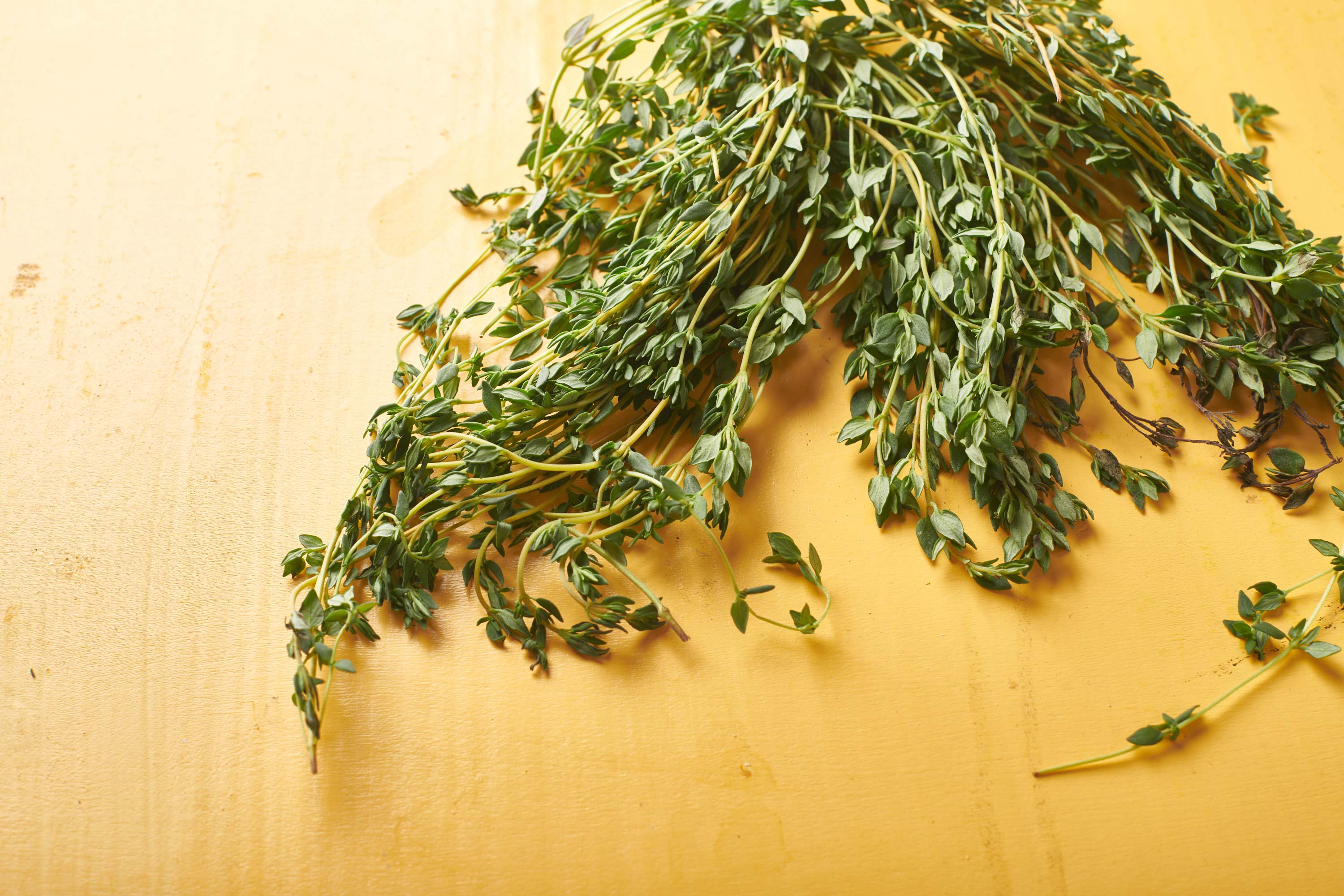Blog
How thyme is used in cooking?

In Mediterranean cuisine, thyme is a crucial element, often used in combination with other herbs like rosemary and oregano to flavor grilled meats, fish, and vegetable dishes. It pairs exceptionally well with tomatoes, a common ingredient in Mediterranean cooking, bringing out their natural sweetness and adding depth to sauces and stews. In Middle Eastern cuisine, thyme finds its place in the za’atar spice blend, where it’s mixed with sesame seeds, sumac, and other herbs. This blend is used as a seasoning for flatbreads, mixed into dips like hummus, or used as a rub for meats.
Moreover, thyme’s versatility extends beyond savory dishes. Its subtle lemony note can add a unique twist to sweet preparations as well, such as fruit desserts, custards, and even in baking, where a small amount can add an intriguing layer of flavor to cookies or cakes. Thyme-infused syrups and sugars are used in modern culinary applications to add a herbal note to cocktails and sweet beverages.
In addition to its flavor, thyme’s aroma plays a significant role in cooking. When added to hot oil or butter, it releases its essential oils, infusing the dish with its distinctive fragrance. This technique is particularly effective in dishes like risottos, where thyme is sautéed along with the onions at the beginning, or in roasted dishes, where it’s added to the roasting pan to perfume the entire preparation.
Thyme also has a unique ability to complement and enhance the flavors of other ingredients without overpowering them. This quality makes it an excellent herb for marinades and brines, where it can mingle with other flavors to create a complex and harmonious blend. Its compatibility with a wide range of spices and herbs allows for creative culinary experimentation, making thyme a favorite among chefs and home cooks alike.
The herb’s long shelf life when dried is another reason for its popularity in cooking. Unlike some herbs that lose their flavor rapidly once dried, thyme retains its essential oils and flavor for an extended period, making it a convenient and reliable ingredient in the pantry.
In traditional cooking, thyme has also been used for its preservative qualities. Before the advent of modern refrigeration, herbs like thyme were used to help preserve meats and other perishables, not only imparting flavor but also extending their shelf life due to their antimicrobial properties.



